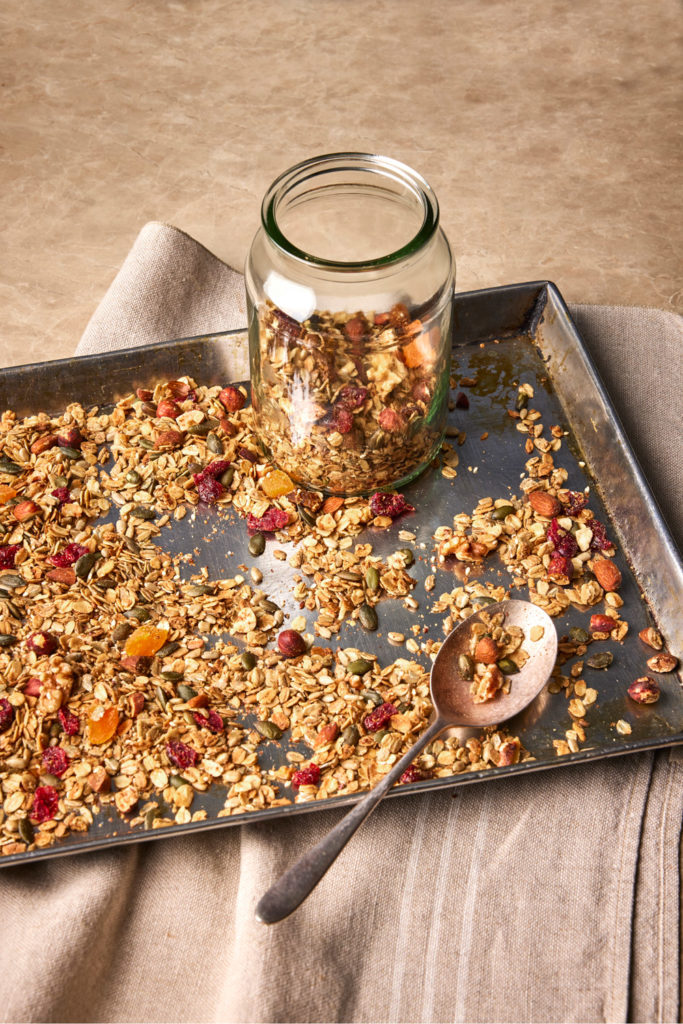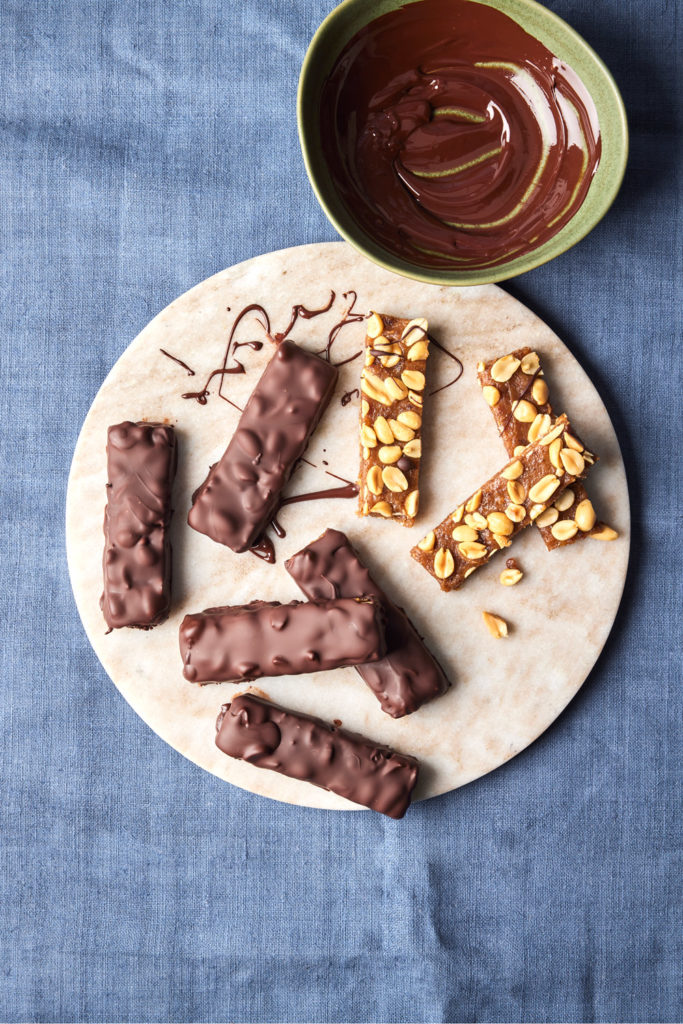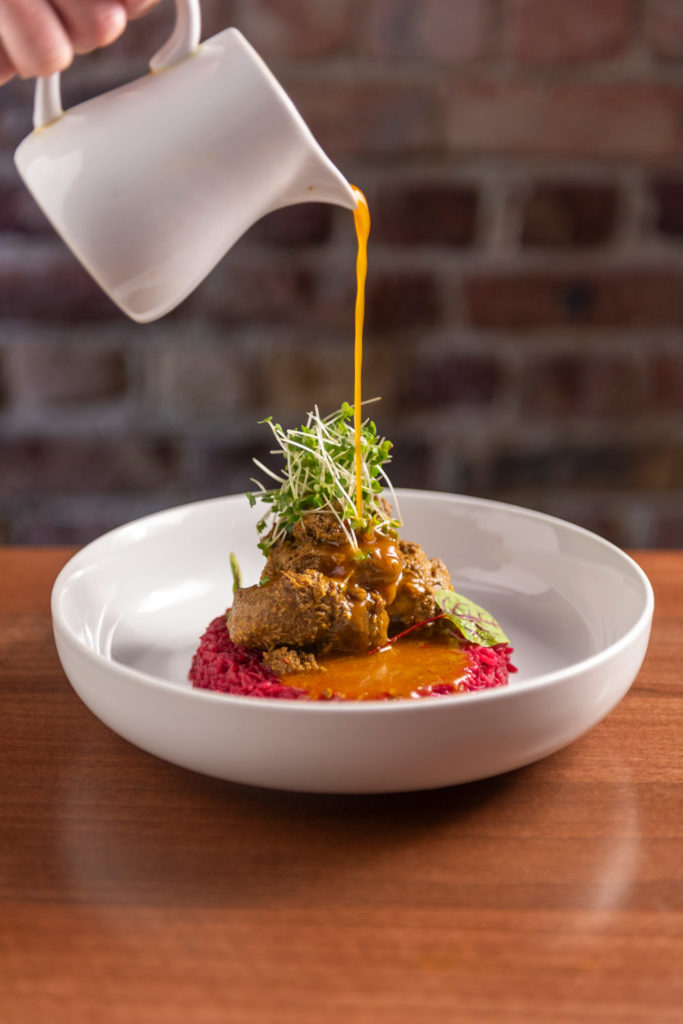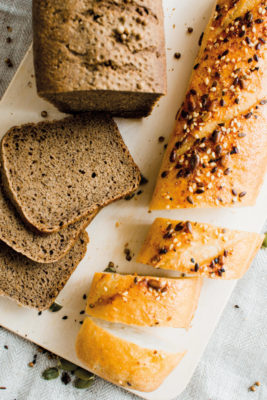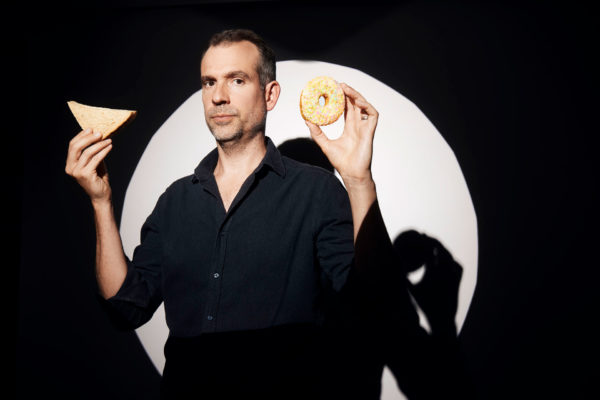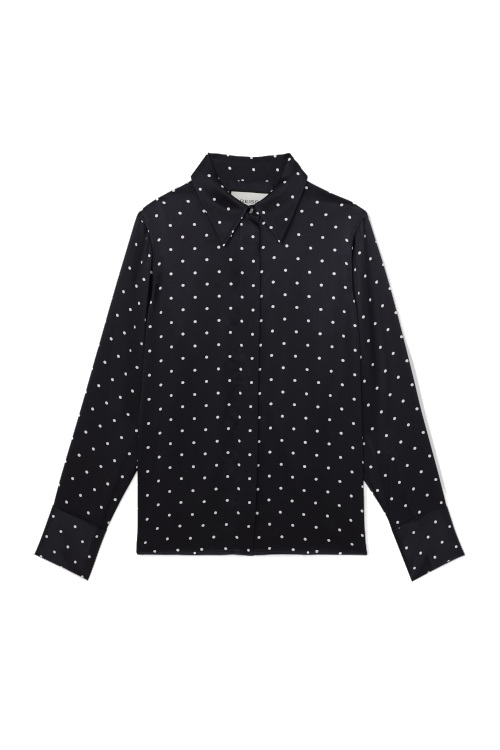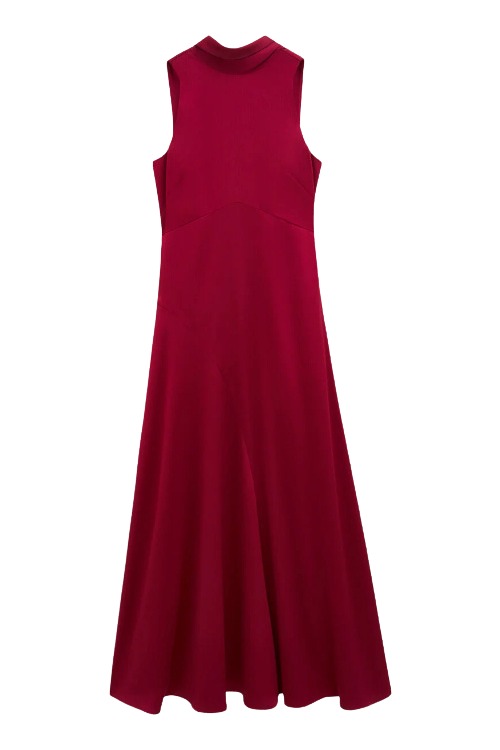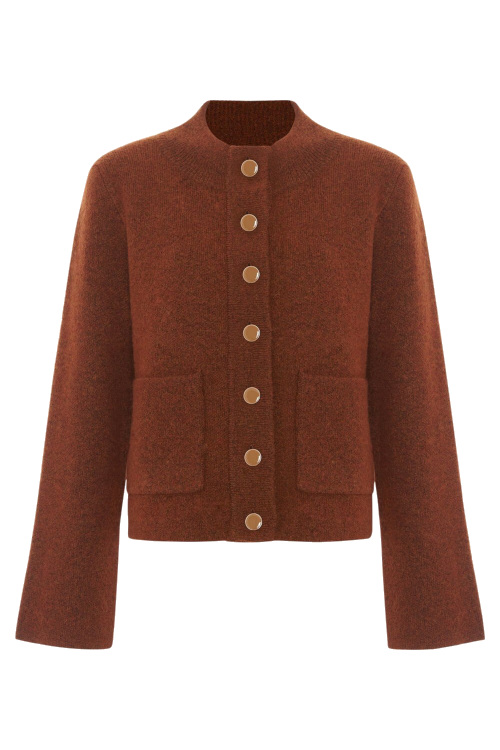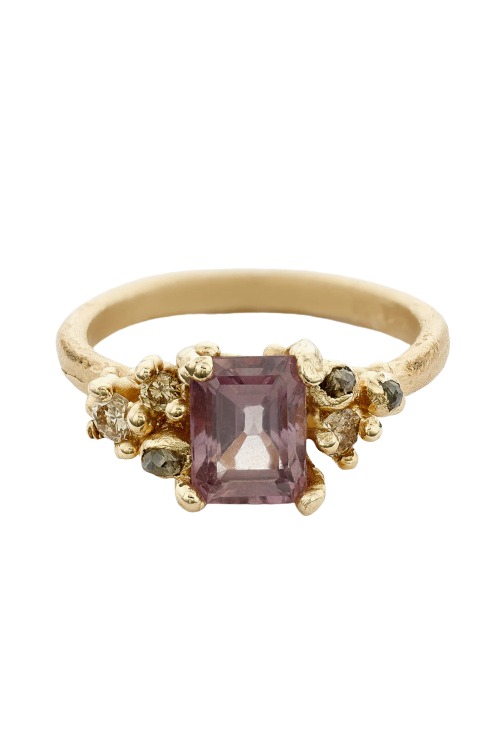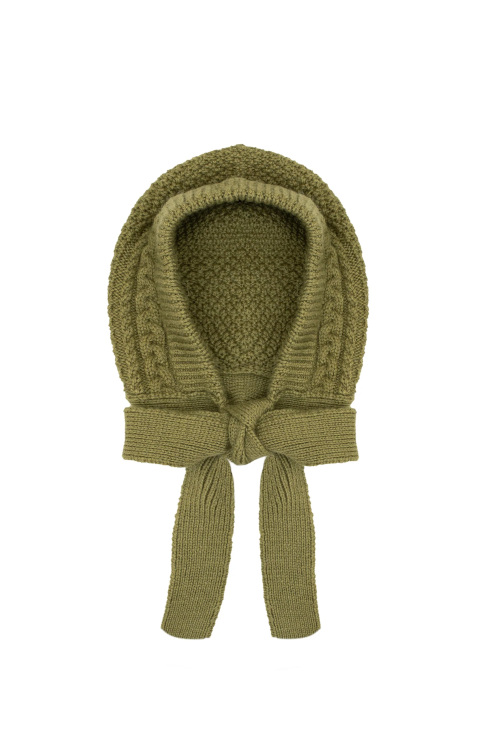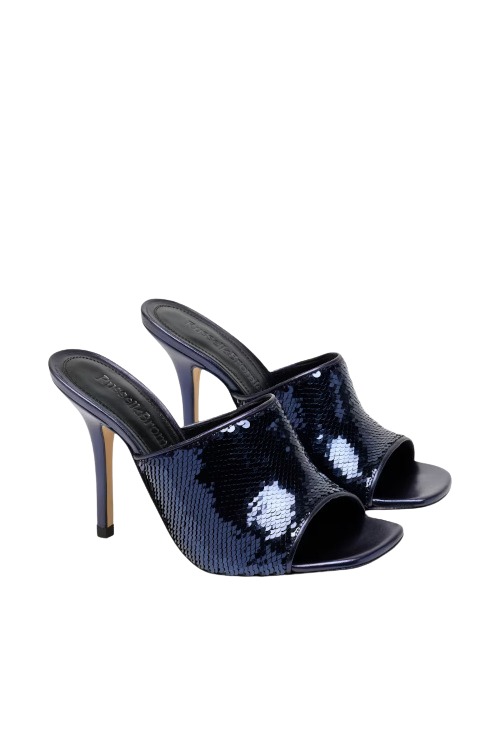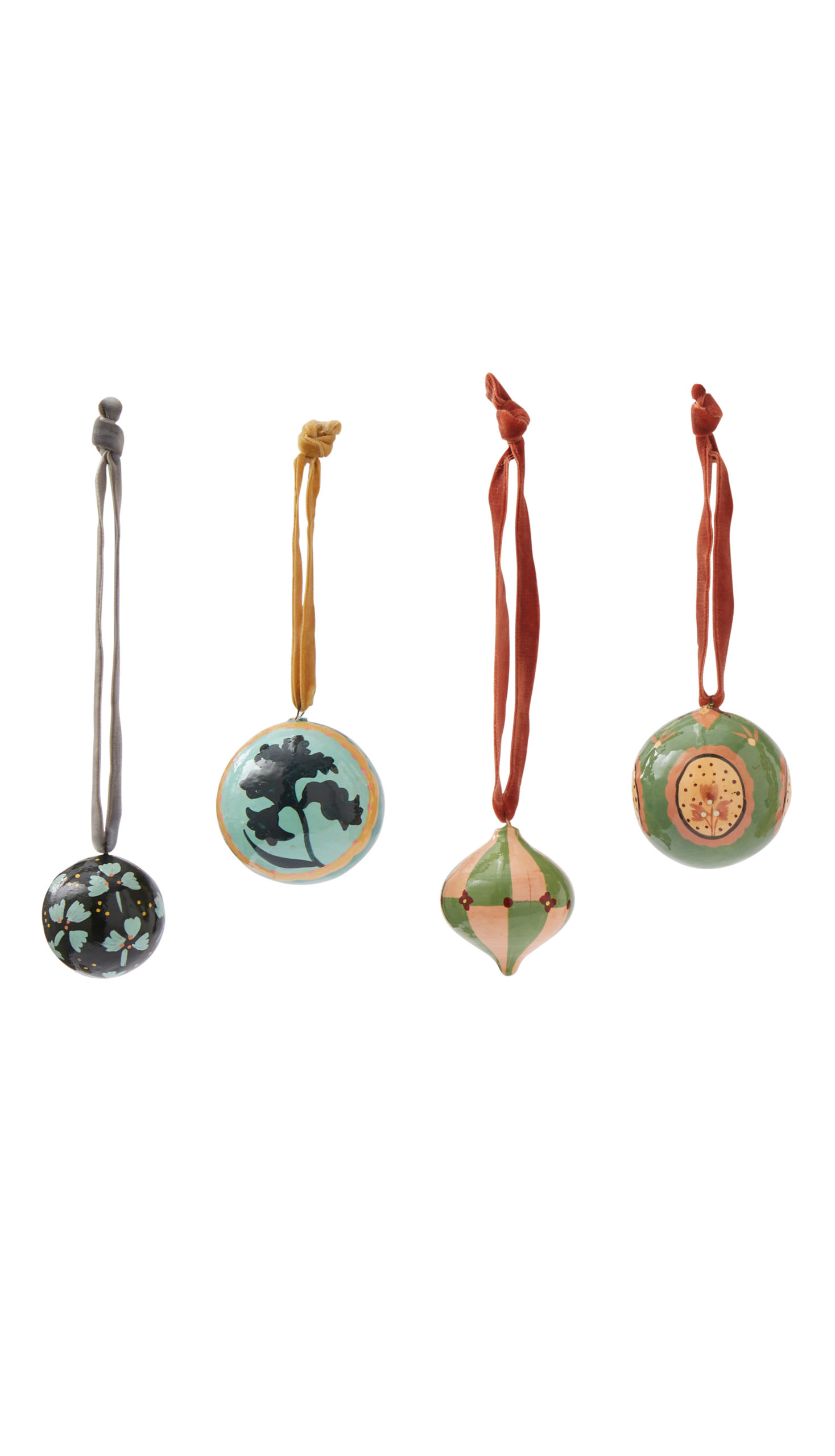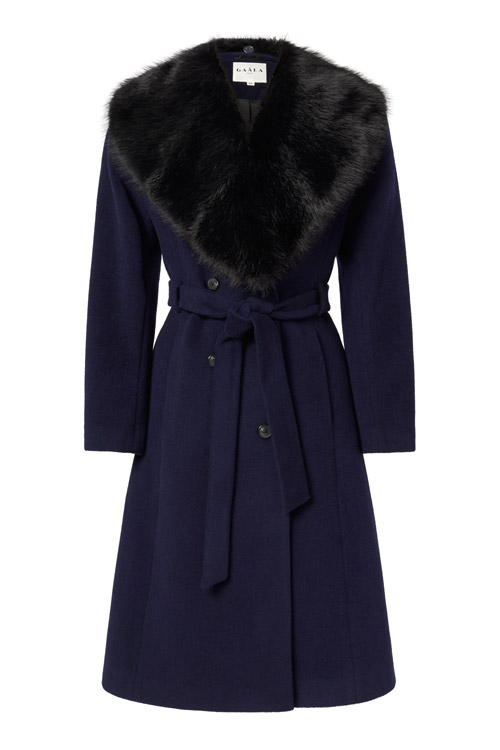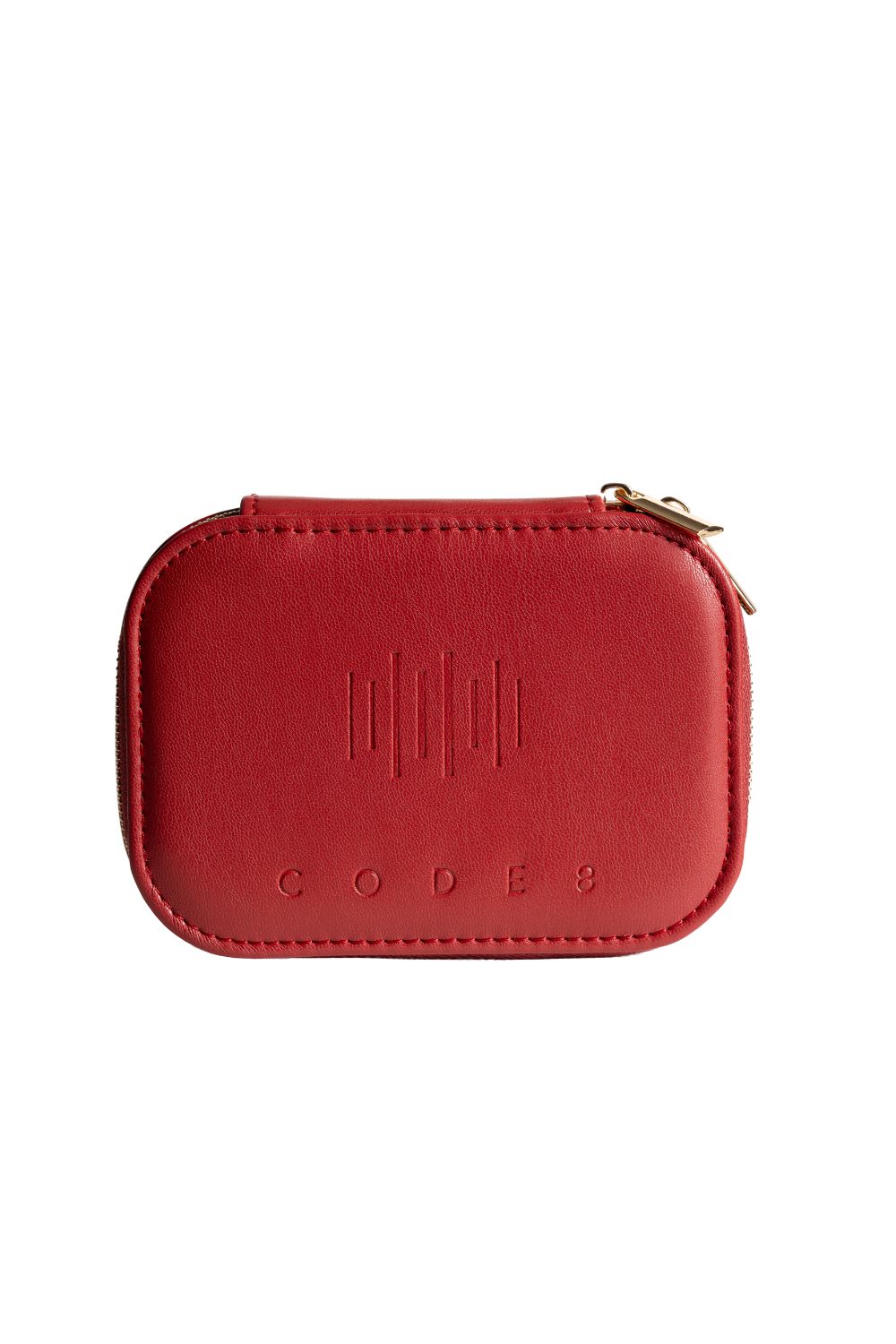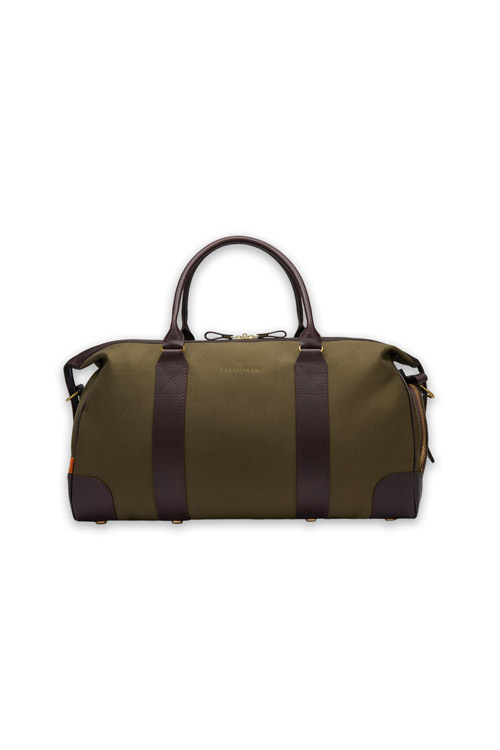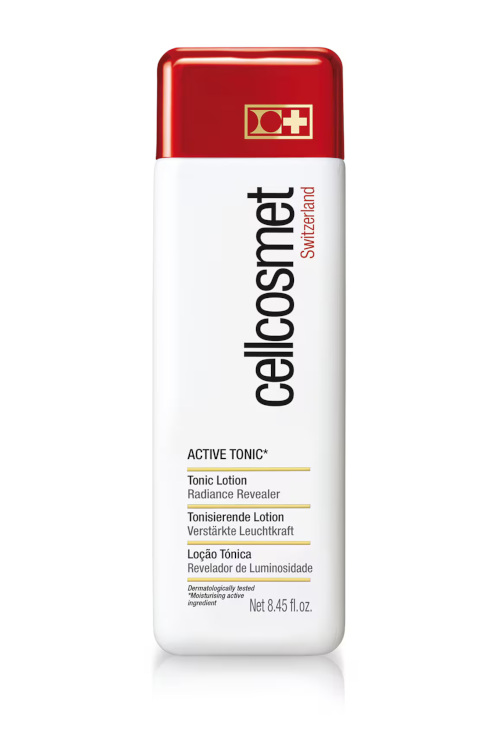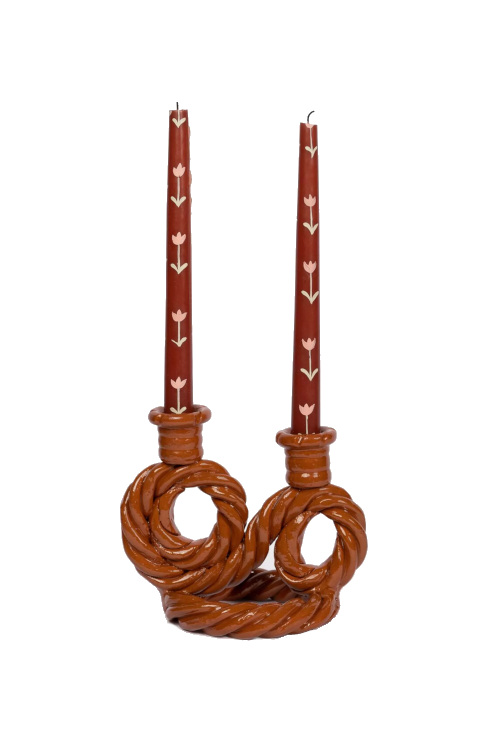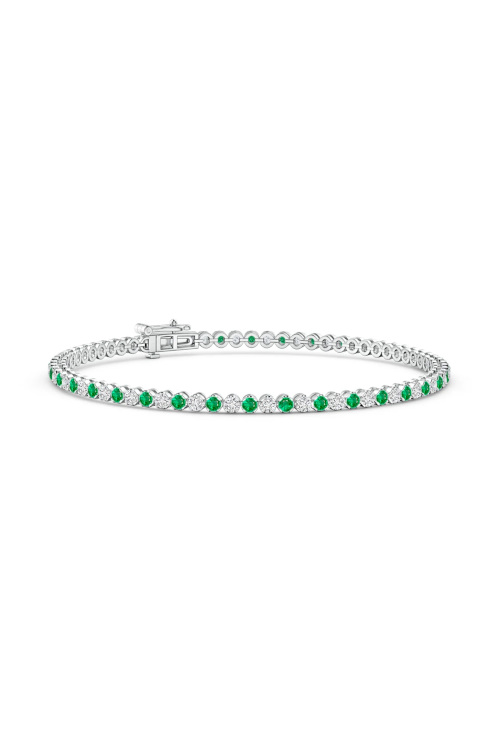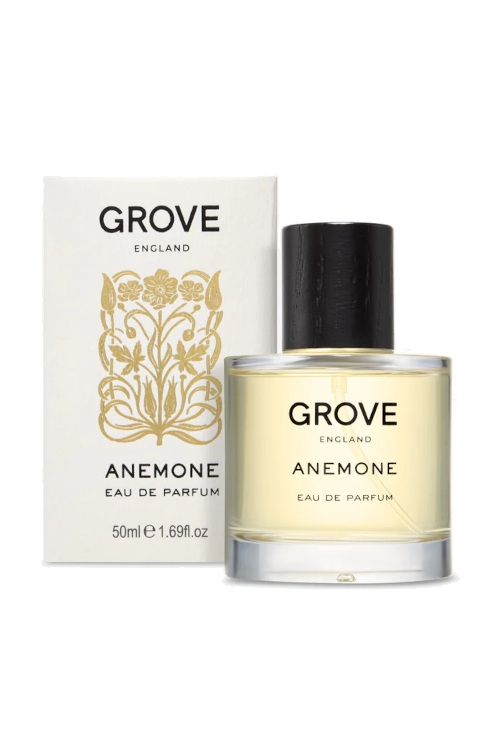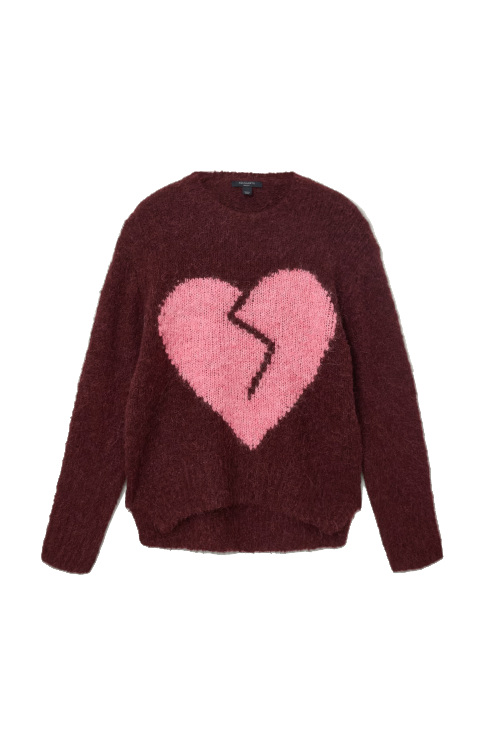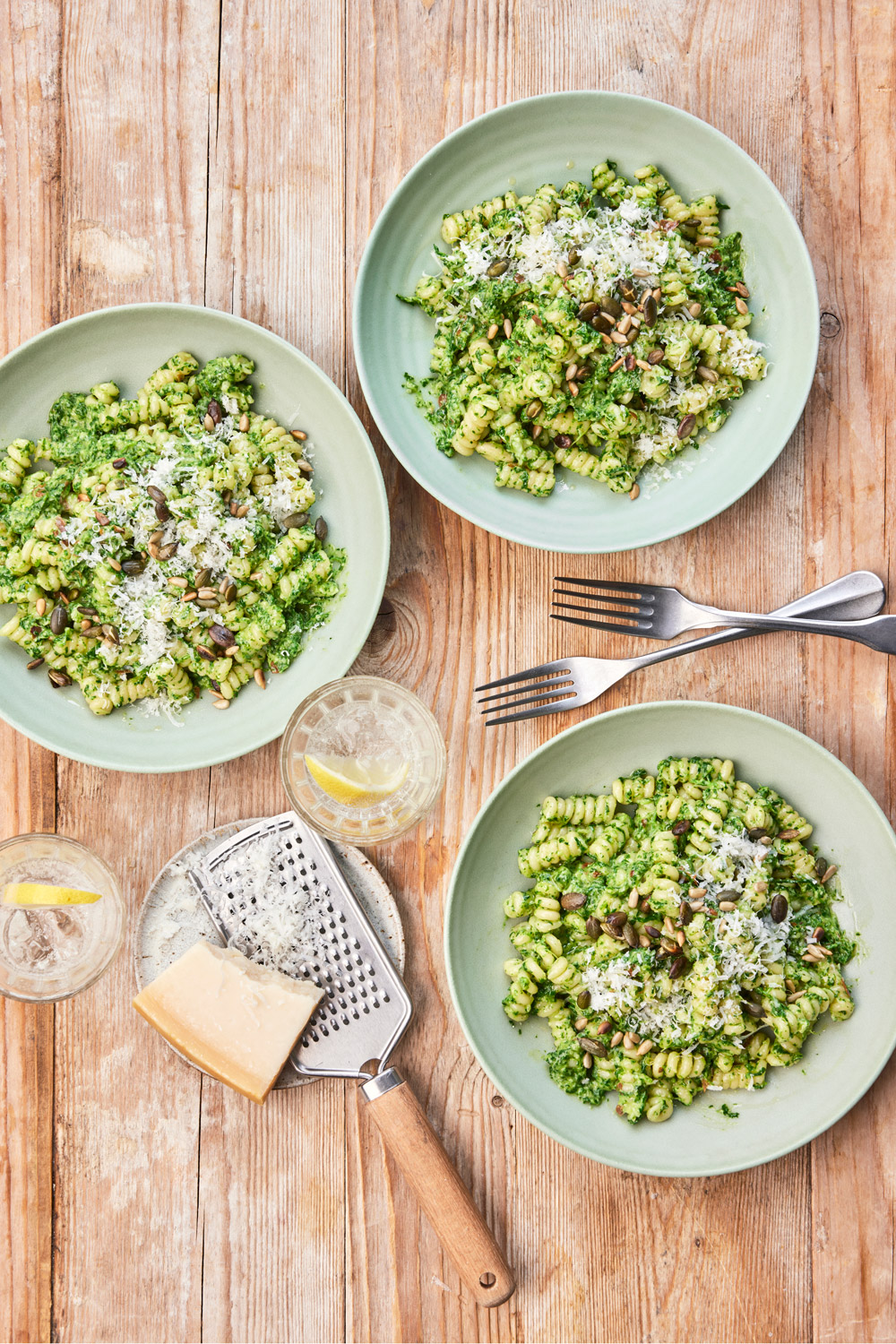
3 Recipes From Rhiannon Lambert’s New Cookbook, The Unprocessed Plate
By
6 months ago
This new recipe book proves eating healthily doesn't have to mean cutting out your favourite foods
The topic of ultra-processed foods has dominated health headlines over the past couple of years. A string of studies have indicated worrying consequences of overconsumption – but this has led to increased confusion about what we should and shouldn’t be eating. Nutritionist Rhiannon Lambert aims to avoid fearmongering and instead provide clear, science-backed advice in her latest book, The Unprocessed Plate. Out on 19 June, it includes 60 recipes you can make from scratch using minimally processed ingredients, from nutritious breakfasts to meal prep lunches and baked treats.
Rhiannon Lambert is one of the UK’s leading nutritionists, and the founder of Rhitrition, a nutrition clinic which specialises in weight management, women’s health, and eating disorders. Her aim is to cut through the noise and share realistic advice via her Instagram platform, as well as in a new podcast, The Wellness Scoop, which she hosts alongside Ella Mills, founder of Deliciously Ella. Lambert has also published numerous books, including The Science of Plant-Based Nutrition, which delves into the ever-growing body of research on the benefits of getting more plants into our diets.
We hear more about the book below, plus get a first look at three of the recipes.
Rhiannon Lambert On Her New Book, The Unprocessed Plate
Why was writing this book important?
The Unprocessed Plate came to life because I felt there was a real need for a clear, practical guide, something that not only explores the science but also acknowledges the real-life challenges we all face. One area that kept coming up again and again was ultra-processed foods. It’s a topic loaded with uncertainty, and I knew it was time to unpack it in a more balanced and thoughtful way.
This isn’t just a book about ingredients or labels, it’s about helping people build a better relationship with food overall. I wanted to move away from judgment or extremes and instead focus on progress, flexibility, and evidence-based guidance that empowers people rather than scares them. Food is deeply personal; it’s tied to our routines, families, finances, and identities. I know first-hand, especially as a mother of two, how hard it can be to make healthy choices in a fast-paced, processed world. This book is here to support anyone who wants to feel more confident about food, whether you’re curious about the science, tired of misinformation, or simply trying to make sense of modern nutrition without guilt.
What are UPFs?
Ultra-processed foods are products that have been significantly altered from their original state through industrial methods. This usually involves ingredients or additives you wouldn’t typically use in a home kitchen, things like flavour enhancers, emulsifiers, or preservatives designed to extend shelf life or boost taste. There’s currently no globally accepted definition of what exactly counts as “ultra-processed,” which can make the conversation a little confusing. However, the NOVA food classification, a system developed by researchers to better understand how food processing impacts health, offers one of the most widely used frameworks. It categorises foods based on the extent and purpose of processing.’
In the UK, UPFs make up around 57 percent of the average adult’s daily calorie intake, which is the highest proportion in Europe. Amongst children and teenagers, the figure is even higher, at over 60 percent. With such a large proportion of our diet coming from these foods, it’s more important than ever to understand how they impact our health.
UPFs are often engineered to be extra convenient, irresistibly tasty, and appealing, not just to our palates, but also to profit margins. Where concerns tend to arise is with the overconsumption of UPFs, especially those high in added sugars, unhealthy fats, and salt. Eating too many of these foods, particularly in place of whole or minimally processed options, has been linked with negative long-term health outcomes.
What’s a common misconception about UPFs?
One of the biggest misconceptions about ultra-processed foods (UPFs) is that they’re all inherently bad and should be avoided entirely: the reality is far more nuanced. Not all UPFs are created equal, and in many cases, they’re not just helpful, they’re essential. Take baby formula, for example, it’s technically a UPF, yet it’s a vital source of nutrition for infants when breastfeeding isn’t an option. Or plant-based milks, which are incredibly useful for people who are allergic to dairy or lactose intolerant. Fortified breads and breakfast cereals can play a key role in improving nutrient intake in populations at risk of deficiencies.
The current definition of UPFs is really broad and it often groups together foods with very different nutritional profiles. For instance, a fruit yoghurt with added live cultures might be classified in the same category as a sugary chocolate bar, despite their different effects on health. That lack of distinction can be really misleading and even counterproductive when trying to make informed food choices. We need to look at the bigger picture. What’s in the food? How often are we eating it? What role does it play in our overall diet? Ultimately, The Unprocessed Plate aims to help people navigate this complex landscape with clarity.
3 Rhiannon Lambert Recipes
Salad Bag Pasta
This is the quickest pasta ever, with the sauce taking less time to make than the pasta takes to cook! It can be made with a variety of leafy greens for maximum iron and there is absolutely zero skill required. Throwing the almonds into the water might seem a little crazy, but it softens them up and adds body to the sauce. You can slip their skins off after boiling if you prefer, but it’s not essential. To make this extra creamy, try stirring in a couple of tablespoons of ricotta before serving. This is also a great recipe to use that special olive oil you’ve been saving, as you can really taste it.
- Serves 4
- Prep 2 mins
- Cook 15 mins
Nutritional info per portion
- Fibre 7.8g
- Protein 20g
- Plant Points 6.5
Ingredients:
- 500g (18oz) fusilli, farfalle, or penne
- 2 garlic cloves, peeled
- 60g (2oz) whole almonds
- 250g (9oz) watercress, spinach and/or rocket (arugula) (or use cavolo nero or savoy cabbage, stems removed)
- 125g (1⁄2 cup/4 1⁄2oz) extra-virgin olive oil, plus extra for drizzling
- 4 tbsp grated Parmesan (or use vegan alternative), plus extra to serve
- 3 tbsp toasted pumpkin seeds
- 3 tbsp toasted sunflower seeds
- Sea salt and freshly ground black pepper
Method:
- Bring a big pan of salted water to the boil and cook the pasta according to the packet instructions. Scoop the pasta into a colander using a slotted spoon and return the pan to the boil.
- Add the garlic and almonds to the water and simmer for 2–3 minutes until the garlic is just tender, then add the leaves. Push the leaves under the water so they’re just submerged, then drain into a sieve (strainer). Transfer the wilted leaves, garlic, and almonds to a blender or food processor (you can also use an electric hand-held blender), add the olive oil and Parmesan, then blitz to a bright green purée. Season to taste with salt and pepper.
- Add the sauce back to the pan and set over a low heat, then stir in the cooked pasta to ensure everything is hot.
- Transfer the pasta to bowls, sprinkle over a little extra Parmesan, and the toasted seeds, then drizzle with a little extra oil before serving.
Seedy Granola
This is such an adaptable recipe that you can make based on what you have in your store cupboard or your personal preferences for flavour and crunch. I love it, as it provides my family and me with lovely healthy fats and fibre for the day ahead. Serve as it is with your preferred milk, or top with fresh fruit and yogurt.
- Makes about 800g (3 1⁄4lb)
- Prep 25 mins
- Cook 40 mins
Nutritional info per 40g portion
- Fibre 3.3g
- Protein 5.3g
- Plant Points 15.25
Ingredients:
- 175g (6 1⁄2oz) jumbo oats
- 175g (6 1⁄2oz) barley, spelt, or rye flakes (or simply use more jumbo oats)
- 150g (5 1⁄2oz) nuts, roughly chopped (I use a mix of almonds, hazelnuts, pecans, and walnuts)
- 150g (5 1⁄2oz) seeds (I use a mix of pumpkin, sunflower, sesame, and flaxseeds)
- 1 tbsp ground cinnamon, nutmeg, ginger, or cardamom (or a mix) (optional)
- 50g (5 tbsp/1 3⁄4oz) coconut oil
- 100g (1⁄3 cup/3 1⁄2oz) maple syrup
- 4 tbsp almond or peanut butter (optional)
- 75g (2 3⁄4oz) organic* dried fruit, roughly chopped (I use a mix of dried apricots, figs, dates, cranberries, and sour cherries)
- Sea salt
*Select organic dried fruit to ensure it doesn’t contain additives like sulphur dioxide.
Method:
- Preheat the oven to 160°C/140°C fan/325°F and line your largest baking sheet with baking paper.
- Mix all the dry ingredients in a large bowl.
- Melt the coconut oil in a small saucepan over a low heat (or melt in the microwave for 30 seconds). Stir in the maple syrup, nut butter (if using), and a pinch of salt, then mix until fully combined. Pour over the dry ingredients and stir until everything is nicely coated.
- Spread out in an even layer on the baking sheet and bake for 30–35 minutes until golden, stirring and tossing occasionally so that it cooks evenly.
- Leave to cool on the tray, then stir in the dried fruit.
- Store in an airtight container at room temperature for up to 1 week.
- Note: You can cook this using your air fryer too! Heat the air fryer to 160°C/325°F and air fry for 10–12 minutes, tossing occasionally. You may need to air fry the granola in two batches depending on the size of your air fryer, for ultimate crispness. It will crisp up further as it cools.
Chocolate, Peanut & Date Bars
Sticky, nutty, and chocolatey, these are the ultimate pick me up. You can slice these into smaller bars if you like, but if doing so, be aware that you may need a little more chocolate to coat all of them. In the summer, I love to eat these straight out the freezer sprinkled with a tiny pinch of flaky salt!
- Makes about 15 bars
- Prep 20 mins (plus freezing)
- Cook 5 mins
Nutritional info per bar
- Fibre 3.3g
- Protein 5g
- 5 Plant Points
Ingredients:
- 75g (3⁄4 cup/2 3⁄4oz) jumbo or rolled oats
- 300g (10 1⁄2oz) pitted Medjool dates
- 4 tbsp smooth peanut butter
- 1 1⁄2 tsp vanilla extract
- 1⁄4 tsp sea salt
- 80g (2 3⁄4oz) unsalted roasted peanuts
- 175g (6 1⁄4oz) dark (bittersweet) chocolate (at least 75% cocoa solids), broken into small pieces
- 2 tsp coconut oil
Method:
- Line a 20cm (8 inch) square cake pan with baking paper, with plenty of overhang. Place the oats in a blender or food processor and blitz to a fine flour, then tip into a bowl and set aside.
- Place the dates in the blender or food processor (no need to clean it) with the peanut butter, vanilla, and salt. Roughly blitz, then slowly add 75ml (5 tbsp/2 1⁄2fl oz) water until you have a smooth, thick paste. Be sure to scrape down the sides occasionally. Remove 300g (10 1⁄2oz) of the date mix to a bowl and set aside.
- Add the oat flour back to the blender or food processor with the remaining date mix and pulse a few times until it’s nicely combined. Tip the mixture into the base of the lined pan and use wet fingertips to spread it into a smooth layer that fills the tin.
- Spread the remaining date mixture on top, smoothing it with a spatula. Evenly sprinkle over the nuts, pushing them in a little. Place in the freezer for at least 6 hours or ideally overnight until frozen and firm.
- Lift the frozen slab out of the pan and slice into 15 bars. Line a baking sheet with baking paper.
- Add the chocolate and coconut oil to a heatproof bowl set over a pan of barely simmering water and heat until just melted, stirring to combine. Alternatively, heat in a microwave on the lowest setting in 30 second blasts, stirring between each, until just melted. If you have a cooking thermometer, the chocolate is ready when it reads 45–50°C (113–122°F).
- Working one at a time, submerge the bars in the melted chocolate, using two forks to turn them. Lift out of the bowl using the forks, allowing the excess chocolate to drip back into the bowl, then transfer them to the lined sheet. Once all the bars are coated in chocolate, return the sheet to the freezer or fridge for at least 15 minutes until the chocolate is set. Store in an airtight container in the fridge for up to 2 weeks or freezer for up to 4 weeks, but I assure you they won’t last long!
Note if you can’t find roasted peanuts, simply use unroasted peanuts and roast them in the oven at 180°/160° fan/350°F for 8-12 minutes until golden. Then use in the recipe as specified.
Extracted from The Unprocessed Plate: Simple, Flavourful UPF-free Recipes to Transform Your Life by Rhiannon Lambert, out now (DK RED, £20)


